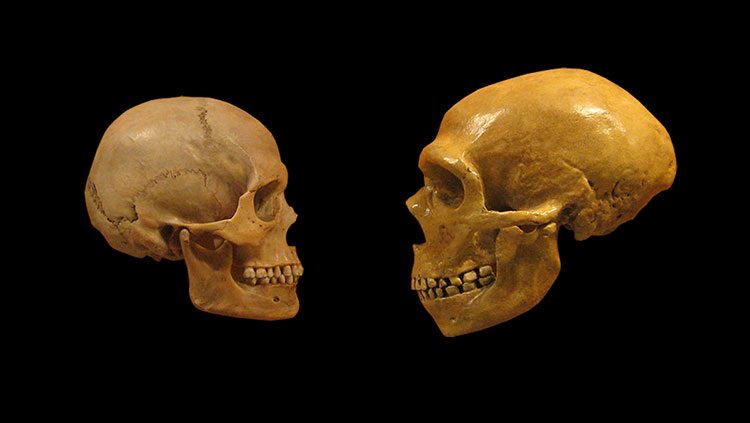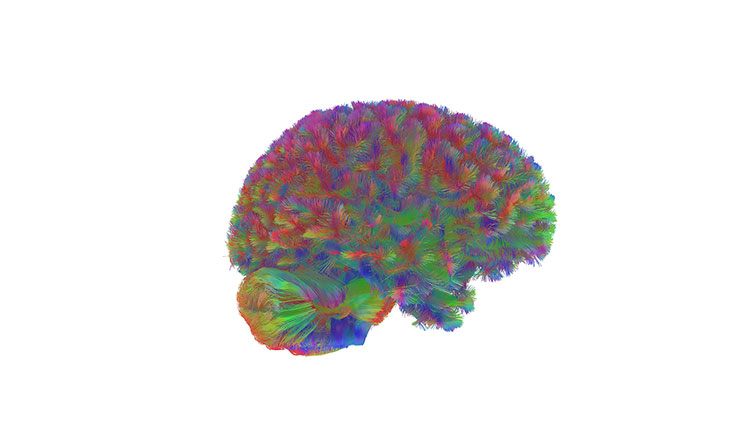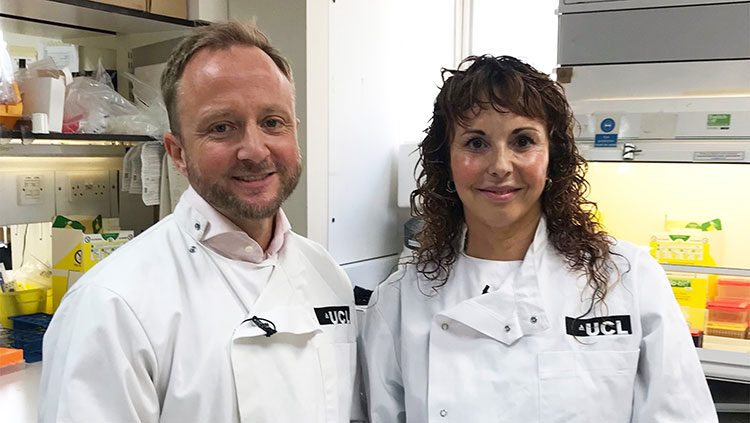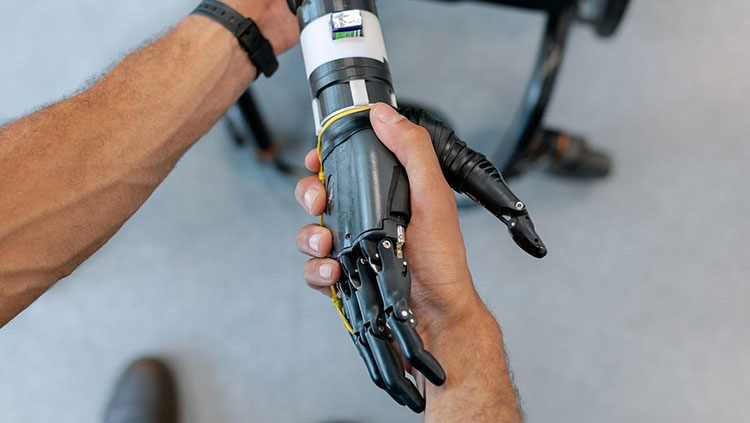ICYMI: Human Brain Cells Transplanted into Developing Rat Cortex
- Published8 Nov 2022
- Author Tristan Rivera
- Source BrainFacts/SfN
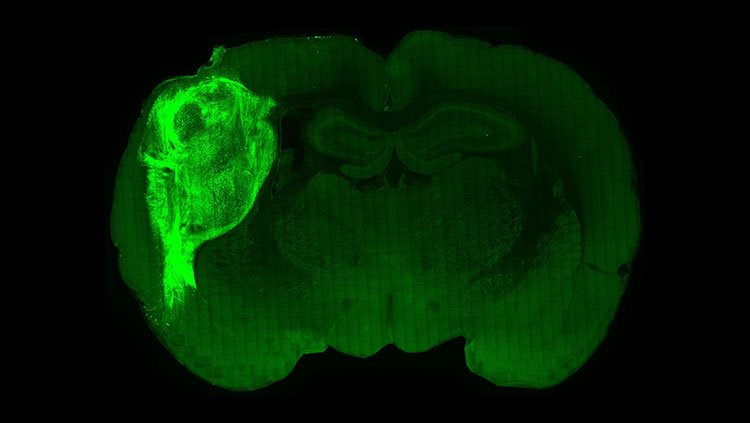
What happens when lab-grown brain cells from humans are transplanted into developing rat brains? According to a Nature study published October 12, they merge together to function pretty well, enough to develop mature cell types capable of integrating into the host’s brain circuits.
Stanford University researchers transplanted human cortical brain organoids — brain-like structures derived from stem cells — into the primary somatosensory cortex of newborn rats. They found the cells developed more mature cell types when transplanted into rats versus when housed in a dish, integrating anatomically and functionally into the rodent brain. These connections from the transplantation also formed deeper neuronal connections that can drive behavioral responses by regulating neuronal activities in the rat brains.
Researchers also created organoids from people with Timothy syndrome — a rare genetic condition in humans primarily affecting the heart, brain, and other body systems — to explore cellular development. In a dish, those brain organoids developed similarly to other organoids not linked to the syndrome. But when researchers transplanted them into rats, the cells did not grow as large, and neurons did not communicate the same way as the non-syndrome derived organoids. The organoid transplants did not cause problems like seizures or memory deficits in rats, nor did they significantly alter the animals’ behavior.
Big Picture: Brains from rat-human hybrid models allow researchers to study neurological disorders and develop preclinical therapies for people. But integrating human organoids into animals raises ethical questions.
Organoids can only develop so far and live for so long on their own. In April 2021, the US National Academies of Sciences, Engineering, and Medicine released a report stating human brain organoids are extremely unlikely to possess awareness or consciousness. And previous studies have transplanted brain structures derived from human stem cells into the brains of rodents. But this newer study, and others like it, provide organoids with a system allowing them to effectively grow and integrate into a larger whole. The study provides more nuance into studying brain organoid development and discussing ethics around basic research techniques for neurological and psychiatric disorders.
Read More: Human brain cells implanted in rats prompt excitement — and concern. Nature
More Top Stories
- 2022 Nobel Prize winning work in chemistry, physics, and physiology or medicine shakes up how we look at human evolution and the world around us. New York Times
- Newly identified brain pathway activates contagious itching in mice. The Scientist
- Researchers taught neurons in a dish to play Pong. Nature
- Improved fMRI technique collects data quicker and more often, allowing for observation of more rapid brain activity in mice. Nature
- Hearing sounds while asleep associated with positive experiences can help reduce nightmares. New Scientist
- Buff-tailed bumblebees seem to play just for the fun of it. National Geographic
- Elephants have nearly the most facial neurons among mammals, second only to dolphins. Science
- Black widow spiders use memory to search for their prey in an intentional way. WIRED
Editor’s Note: The headline and text of this article was changed to clarify that the researchers transplanted lab grown brain cells from humans.
CONTENT PROVIDED BY
BrainFacts/SfN
References
Also In Neuroscience in the News
Trending
Popular articles on BrainFacts.org



